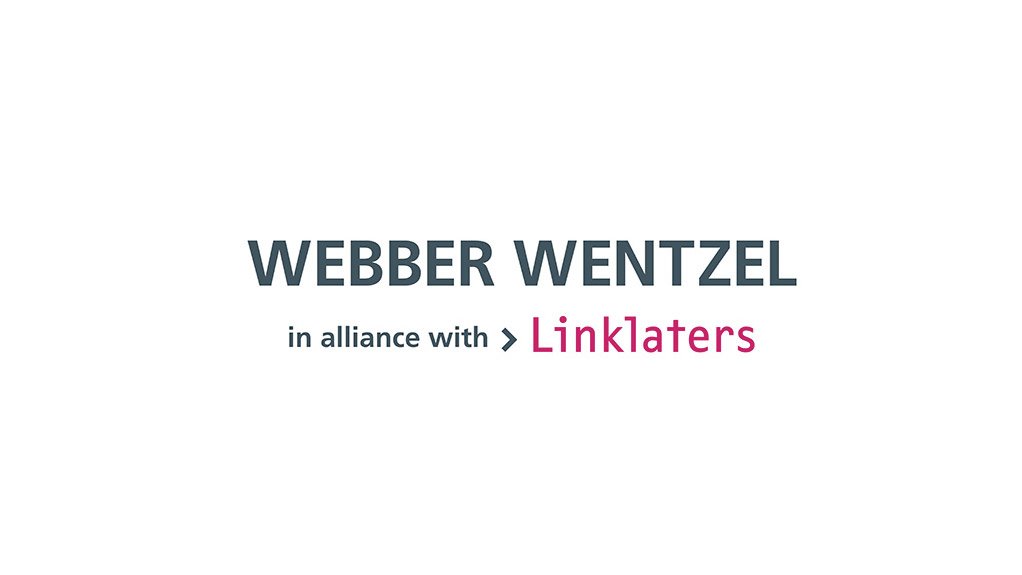Regulations to the Occupational Health and Safety Act that apply to major hazard installations require that certain actions be taken to manage health and safety risks – some with timelines for compliance that must be monitored.
Amended regulations regulating Major Hazard Installations (MHI) under the Occupational Health and Safety Act (OHSA) were promulgated in January 2023. They apply to MHI establishments with the prescribed quantities of listed substances and major pipeline establishments. They require the duty holder (the employer, self-employed person, a user or pipeline operator who is in control of an establishment) to take steps to manage health and safety risks, some of which are in addition to the measures required under the 2001 regulations. In respect of existing establishment, timelines for compliance with some of these new obligations have been set out.
To comply fully with the MHI regulations, duty holders should have assessed and determined whether the MHI or major pipeline establishment is a low, medium, or high-hazard establishment.
Although the MHI regulations came into effect in January 2023, certain extended time periods were provided for duty holders to achieve specific regulatory compliance.
The following timelines should be borne in mind when existing MHI establishments are under the control of employers:
- All duty holders must update the notification of an existing establishment and send it to the Chief Inspector, the relevant Chief Director: Provincial Operations and local government, using the prescribed form, by 31 January 2025. Extensive information has to be submitted and duty holders should ensure they have sufficient time to complete the necessary risk assessments and collate the required information.
- Duty holders of medium and high-hazard establishments must draw up and record a major incident prevention policy based on the criteria contained in MHI regulation 11 and Annexure C to the MHI regulations by 31 January 2026.
- Duty holders of high-hazard establishments must prepare a comprehensive, site-specific safety report in terms of MHI regulation 12. The report must be sent to the Chief Inspector by 31 January 2026.
- Duty holders who operate a high-hazard establishment must apply for a licence to operate it by no later than 31 January 2026.
- Emergency plans must be updated and aligned with SANS 1514 criteria by 31 January 2024.
Current obligations for which there are no transitional time periods include:
- Notifications under MHI regulation 4 must be made 90 days before a new establishment is erected, or when a change to an existing establishment is anticipated.
- Competent person(s) must be appointed in a full-time capacity for every premises on which an establishment is operated. They will be responsible for ensuring that the OHSA and the MHI regulations are complied with.
- Holding regular consultations with neighbouring establishments and counterparties within the potential impact zone.
- Providing details of any alteration to the particulars of a registered establishment no later than 14 days from the date of the alteration.
- Conducting risk assessments in accordance with MHI regulation 10.
- Appointing an emergency co-ordinating team and establishing emergency plans.
- Reporting major incidents or incidents that brought the emergency plan into operation, including submitting a preliminary incident report within seven days and a final report within six months of the date of the incident.
- Providing information and training as set out in MHI regulation 17.
- Suppliers of a dangerous substance to an establishment must inform other clients to whom they have supplied that substance about emerging potential dangers, in the event of an incident involving that substance. In the event of a major incident, suppliers must be readily available on a 24-hour basis to all duty holders, relevant local government and any other body concerned.
Written by Kate Collier, Partner at Webber Wentzel
EMAIL THIS ARTICLE SAVE THIS ARTICLE ARTICLE ENQUIRY
To subscribe email subscriptions@creamermedia.co.za or click here
To advertise email advertising@creamermedia.co.za or click here











